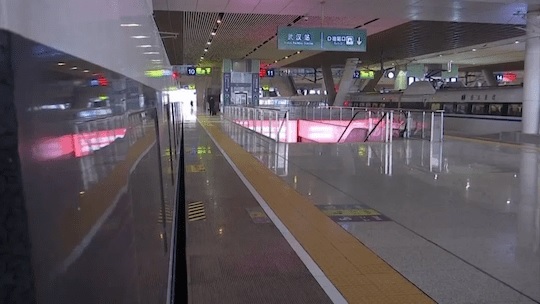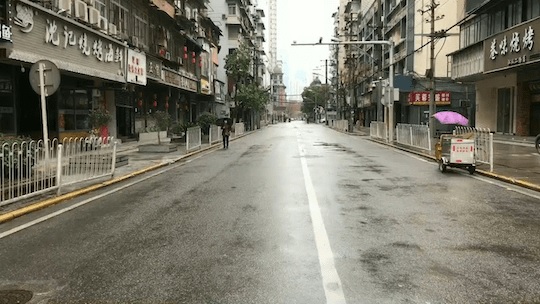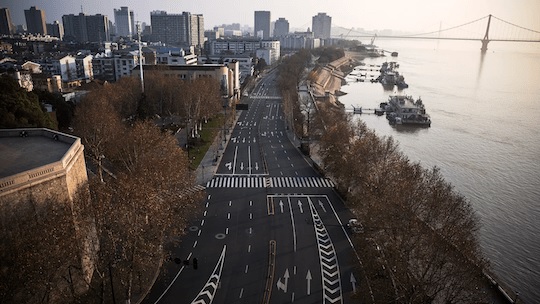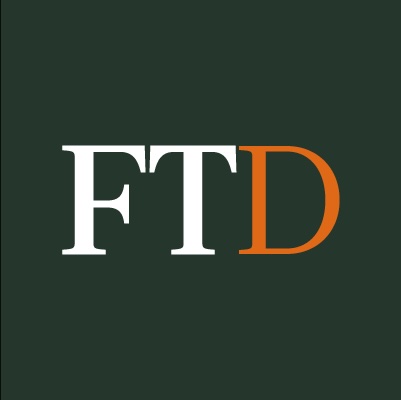It’s the crisis they didn’t need.
And it’s most certainly the problem we didn’t need either.
In saying that, markets have been quick to dismiss the severity of the coronavirus.
Shaking off the news of the virus like its nothing more than a passing sneeze.
Something that will right itself in time…
However, the problems with the coronavirus — and the subsequent impact on markets — is much deeper than that.
‘The Chinese economy is 17 per cent of the world economy and deeply integrated into international supply chains. You cannot shut it down for long without shutting down the world,’ wrote The Age during week.
With the writer pointing out that 80% of Chinese manufacturing capability is closed…
…and 90% of Chinese exporters are shut.
iPhone supplier Foxconn is closed. Tesla’s Chinese factory is closed too.
As is Toyota, Volkswagen, and General Motors.
Pizza Hut, Macca’s, and even ride sharing services in the Wuhan area are closed.
To round this all out, the Hyundai plant over in Korea had to close down as the key makers of their components are based in China.
None of these are expected to open again for at least another week.
Arguably for the rest of the world, the coronavirus is less a test for markets…but for Aussies it’s more like a test on our dependency on China.
The thing is, as Jim writes today, the shuttering of the world’s labour hub comes at a time when Chinese growth was sputtering.
Can it survive the hit?
Read on for more…
| Until next time, |
| Shae Russell, |
[conversion type=”in_post”]
China’s Collapse Has Only
Just Begun
 |
The market bounced back today after Friday’s 600-point plunge in the Dow. But we haven’t heard the last of the coronavirus…
We’re still in a period of great uncertainty when it comes to the human and economic cost of the pandemic and the extent of the pandemic itself.
At the time of publishing, there were over 31,000 reported cases. Of those, 638 deaths have resulted and 1,563 people have recovered.
The remaining roughly 29,200 cases are in various stages of treatment with uncertain outcomes.
Still, the 2% fatality exhibited so far is comparable to the Spanish flu pandemic of 1919–20, which ultimately killed an estimated 50 million victims.
Almost 99% of the reported cases are in China, with 62.5% of those Chinese cases in the vicinity of Wuhan, a major city of over 11 million people.
But the disease has spread (mostly through air travel from China or contact with Chinese travellers).
There are 45 cases in Japan, 25 cases in Thailand, and 30 cases in Singapore.
The US has 12 reported cases as of this morning.
It often takes laboratories six months or more to discover an effective cure or treatment for a virus of this type.
Wuhan is a ghost town
In the meantime, quarantine is the most effective approach. But how do you quarantine a city of 11 million, let alone a country of 1.3 billion people?
It’s very difficult to project growth rates.
But if the virus stays on its current growth trajectory, more than 100 million people could be infected by the end of this month alone.
Many countries have banned arrivals from China and leading airlines have discontinued flights to China. That helps, but the virus continues to spread.
This all comes at a time that should be a period of great joy in China — the Lunar New Year. If you can imagine a two-week Christmas celebration, that’s about the magnitude of it.
While the long-term medical outcome is uncertain, the short-term economic damage is not.
And China cannot afford a sustained economic setback.
China’s economy is already suffering extreme damage.
Their consumer economy has stalled as people stay home and avoid public transportation, stores, and restaurants.
The epicentre of the virus, Wuhan, is the capital of China’s Hubei province, a critical manufacturing centre that represents 4% of Chinese GDP.
It now looks like a ghost town.
|
|
| Source: Global News |
|
|
| Source: AFP News Agency |
|
|
| Source: Desert Sun |
Many other major Chinese cities have been shut down, with no citizens allowed to leave and transportation systems closed.
Tourism is dead and many businesses are requiring that executives cancel trips to China until further notice.
Trouble the Chinese Economy did not need
This comes at a time when the Chinese economy was slowing anyway. And some economists project that China’s growth rate could drop two full percentage points this quarter. That would translate to roughly $62 billion in lost growth.
Meanwhile, Chinese stocks promptly crashed over 8% in a matter of minutes this morning, after being closed for a number of days.
Stimulus measures in the form of monetary ease are being tried. The People’s Bank of China (PBOC) says it will buy 1.2 trillion yuan ($173 billion) in short-term bonds to add liquidity to the financial system.
But the net amount of liquidity that will make it into the system is actually much lower.
According to PBOC data, over 1 trillion yuan (A$32 billion) worth of other short-term bonds matured today.
So the net amount of liquidity entering the system is actually significantly less than the raw number indicates.
And the stimulus is unlikely to work because of China’s sky-high debt levels.
China’s debt-to-GDP ratio, for example, is about 310%, which is astonishing.
Research by economists Ken Rogoff and Carmen Reinhart persuasively demonstrates that once debt surpasses 90% of GDP, it is impossible to grow our way out of the debt.
Again, China’s debt-to-GDP ratio is much, much higher.
Let’s hope the coronavirus is contained soon.
Unfortunately, the damage to China’s economy is already happening and will persist even if the virus is soon under control.
And given China’s impact on the global economy, the rest of the world will suffer as a result.
| All the best, |
 |
| Jim Rickards, PS: Learn why a recession in Australia is coming and three steps to ‘recession-proof’ your wealth. Click here to download your free report |





Comments